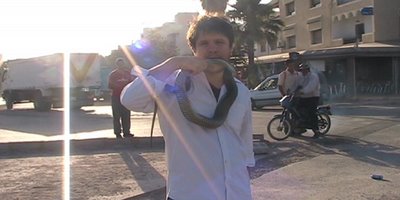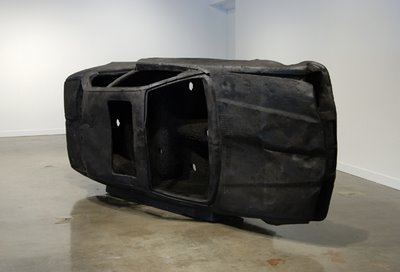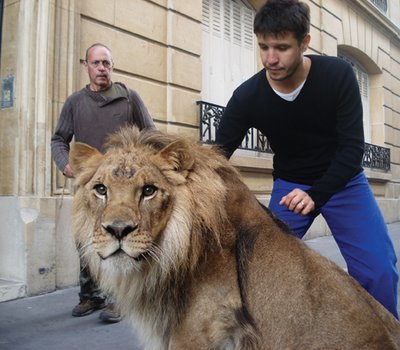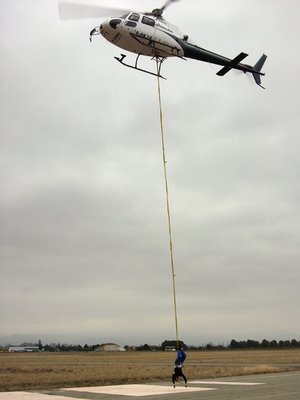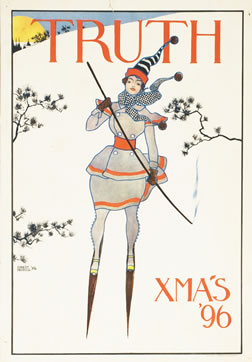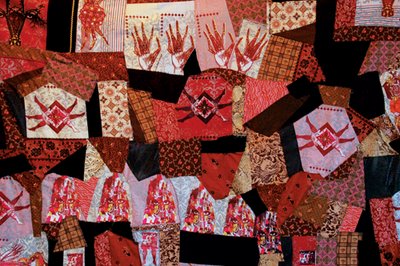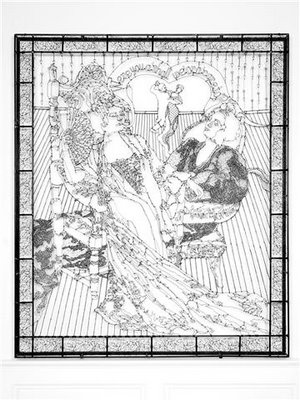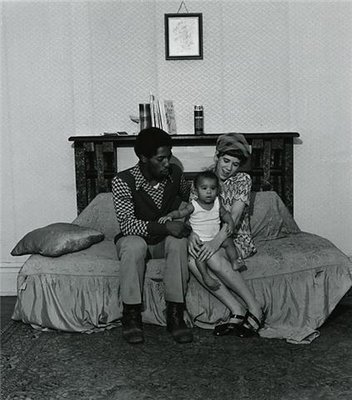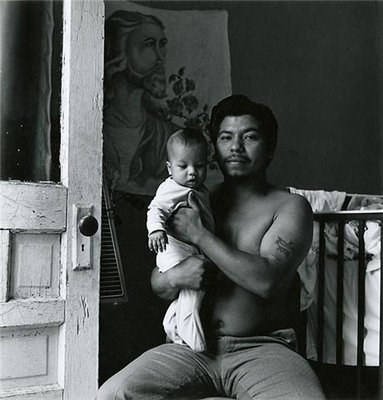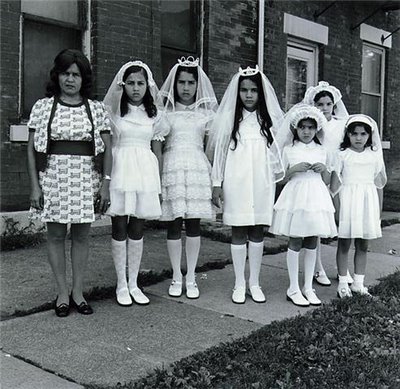
The 2008 Boston Art Awards is a contest to honor the best art made here and exhibits organized here in 2008. And we are seeking nominations.
The aim of the awards, which are organized by The New England Journal of Aesthetic Research, is to promote a more exciting local art scene by encouraging and celebrating the work of artists and curators active in New England (except Connecticut – see why below). Everyone is welcome to nominate. Winners will be chosen by (1) local active art journalists and (2) anyone else who wants to vote – and will be announced in terms of these two categories of voters.
So consider yourself invited to post nominations as comments here – which I hope will promote discussion – and vote by e-mail once a ballot of nominees is posted here in early January. (If you’re shy, please send nominations
here. Put “Nominations” in the subject line.) And please invite others to do so too. (I will also be soliciting nominations directly from some local individuals.)
When making nominations, please list name of artist or curator and place and date of exhibit. Also, some broad categories to consider: favorite local artist, local curator, local show, new media, photography, conceptually-driven installation/performance (including video thereof), favorite gallery show, favorite school show, favorite museum show, favorite historical show, favorite contemporary show, best survey/retrospective, favorite solo show, favorite group show, favorite public art (or best non-exhibition space project), favorite on-line project, favorite outdoors project, favorite art book/publication.
Nominations should be received by 11:59 p.m. Sunday, Jan. 4, to be considered. A ballot of nominees grouped into (still-to-be-determined) categories that The New England Journal of Aesthetic Research culls (at its sole, imperfect discretion) from these submissions will be posted here in early January. Subsequently, voting will take place for about two weeks (deadlines will be posted here). Winners will be announced here sometime in late January or early February – and, with any luck, also reported on elsewhere. (Note: This the first year we are doing this, so details may change somewhat in the process.)
Please
contact us with any questions, suggestions, complaints, dire warnings. And please send nominations.
Some nomination rules:For artist nominations:Artists must reside in Massachusetts, Rhode Island, Maine, Vermont or New Hampshire. (No Connecticut – too many New Yorkers/Yalies there.) And the art must have been exhibited in New England (in a gallery, on the street, online, published) in 2008.
For exhibit nominations:Exhibits must have been on view in New England (excepting Connecticut) in 2008 and must have been organized by a local institution or curator. For example, Tara Donovan at the ICA would qualify because it was organized by the ICA but “El Greco to Velasquez” at the MFA would not qualify because it was organized by Duke University’s Nasher Museum. Also, “The Triumph of Marriage” at the Gardner would qualify because even though it was organized by an outside curator it was organized by a local curator (Cristell Baskins at Tufts) exclusively for the local museum.
